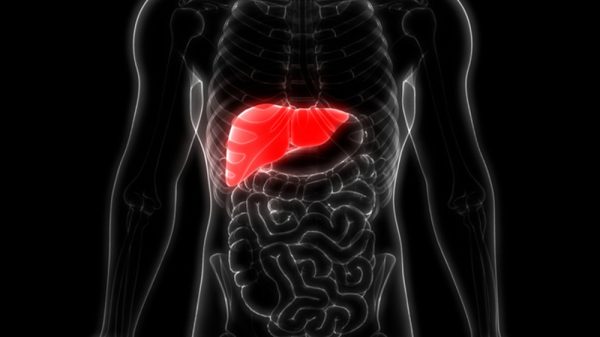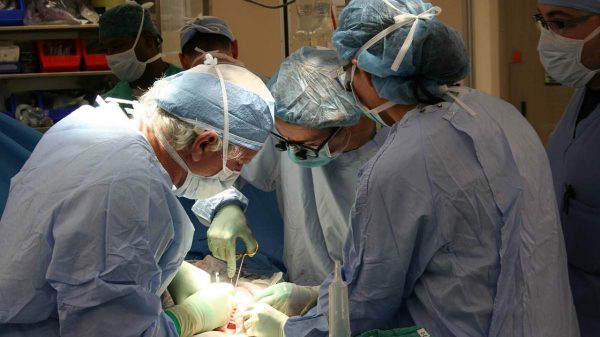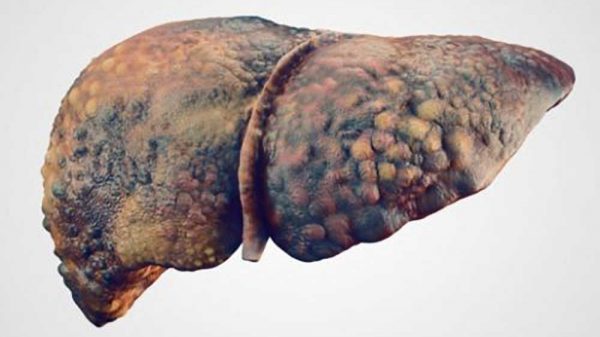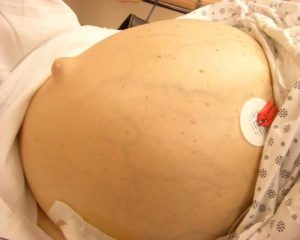Are you applying for a liver transplant? A 2008 review showed that over 100,000 liver organ transplant operations are done every year. It can be tough to qualify for this procedure since there are often 2x more people on waiting lists than transplant surgeries performed. As with other major surgical procedures you should know important issues like the liver transplant process. This will help you to prepare for the procedure when a living/deceased donor is found. For example, you’ll want to know how to prepare for pre/post-operation steps, possible complications like organ rejection, etc. More knowledge about liver transplants means less anxiety.
There’s a gap between organ donor supporters and supporters. For example, about 95% of all Americans report they support organ donations yet slightly over half are registered donors. Such factors can make it tougher to find a replacement organ. So it’s important to know what the process is all about. That includes qualifying for an organ transplant, what happens during the procedure, and post-operation care. This is all critical to help make the whole process smoother. This procedure can cost over half a million USD to it’s especially important to know what to expect to get the best results and reduce the risk of complications.
What Exactly Is a Liver Transplant?
This is a relatively common procedure that happens 100,000+ times throughout the year. The surgery involves using a healthy liver to replace a diseased organ. If there’s a living donor then only part of the liver gets replaced. Meanwhile, a deceased donor provides a whole liver for the patient.
In the case of a living donor, it’s important for the person to have a blood type match. This could be a relative or non-relative. The key is that the blood type is a good match.
After a partial organ transplant, the organ grows back quickly. This happens for both the donor and the receiver. The process can be completed within two weeks. In fact, the liver is the only human organ that has this feature.
This liver transplant is critical when the patient has experienced major liver damage and the organ stops working correctly. In these cases, a transplant is the only “cure” you can pick. Doctors often recommend this procedure if you have “end-stage” liver disease, which involves Stage 4 of liver disease known as cirrhosis.
When the patient experiences liver failure an organ transplant is required to help extend the patient’s survival rate. The condition known as cirrhosis is the last stage of liver disease and takes place when scar tissue replaces healthy liver tissue. It prevents the liver from functioning correctly.
There are other kinds of diseases that can result in “end-stage” liver disease including:
- Metabolic diseases
- Hepatitis
- Immune system diseases
- Liver cancers
In order to get a liver transplant, you must get a green light from the evaluation team of a transplant center. These centers are located in various hospitals throughout the world. The center conducts various tests to determine whether your liver condition is serious enough to require replacement. The team will also review medical records related to your liver’s form/function.
What’s the Liver Transplant Process?
This is the nitty-gritty of liver transplant surgery. There are various parts of the process that involves the actual procedure of swapping in the diseased liver and swapping in the new one. Before the liver transplant process, you’ll have to conduct various steps including:
- Talk to your doctor
- Pick a transplant center
- Have a transplant evaluation done
- Get added to the waiting list
- Wait for a donated liver
When you’ve gone through all these steps, the next one is the transplant operation. It involves removing the diseased liver and adding the new organ. The surgeon will have the know-how and expertise to conduct the operation.
This highlights the need to pick the right surgeon. This will help to make sure you get the best result. For example, it’s critical to select a surgeon who has the expertise required to produce the best results.
The entire procedure is very complex. There’s a chance that there could be some complications during the transplant surgery. However, an experienced surgeon will have the know-how about what to do in these situations.
After the procedure is completed, there’s a chance you could still experience problems. There’s a wide range of possible issues. However, one of the most common ones is called “rejection.” This results when the body’s immune system sees the new organ as a threat.
This is due to the organ being a foreign object. When this happens it uses antibodies to attack the organ. The result can cause problems in terms of the new organ working properly.
Doctors help to deal with this situation by prescribing. Anti-rejection medicines. They help to reduce the effects of the immune system on the new liver.
There’s a tradeoff though since it also makes it less effective at fighting infection. Your doctor can prescribe other medicines to deal with infection during the first two months after the surgery.
Recovery from Liver Transplant Surgery
Following your surgery, you’ll have to stay for a couple of hours in the recovery room. You’ll then be transferred to the intensive care unit (ICU). The transplant center’s medical staff will monitor your condition for many days.
During this time you’ll be connected to various monitors. They indicate various readings like blood pressure, heart rate, oxygen level, and breathing rate. The stay in the hospital will be 1-2 weeks during this part of the recovery process.
During this time it’s likely a breathing tube will be inserted into the throat. The purpose is so you can breathe using a machine until you’re able to breathe without the machine. The breathing tube might be required for a couple of hours or days. It all depends on your particular situation.
A plastic tube could connect your nose and stomach. This can help to take away any air that’s swallowed. After the intestines start working normally again the tube is removed. However, note that you can’t eat/drink until the tube gets removed.
Medical staff will take many blood samples to check the status of your new liver. They’ll also check the lungs, kidneys, and blood circulation system to make sure they’re working properly.
IV drips might also be used. This can improve your blood pressure, heart health, and any bleeding issues. The drips will gradually be lowered and switched off as the overall condition improves.
After the doctor orders your breathing/stomach tubes removed and health becomes more stable you can begin to consume drinks/beverages. Then over time, you can also start to eat solid foods again.
One of the most important steps in the process is anti-rejection medicine. These are given to help prevent the immune system from using antibodies to attack the new liver. The system does that because it thinks new organs are a threat. Over time you get moved from the hospital’s ICU to a private room as part of the liver transplant process.























